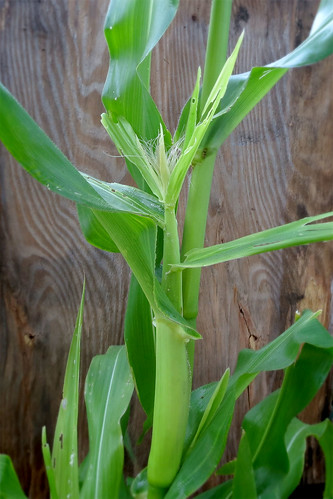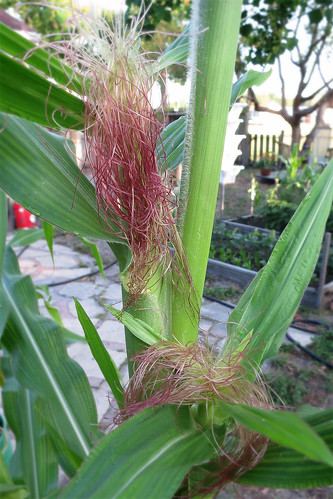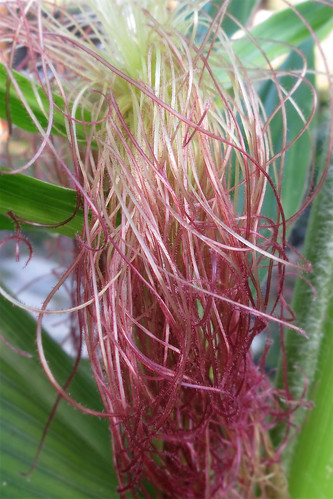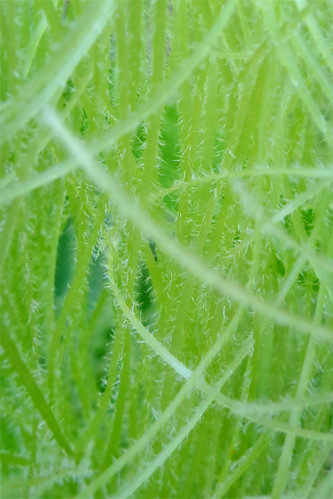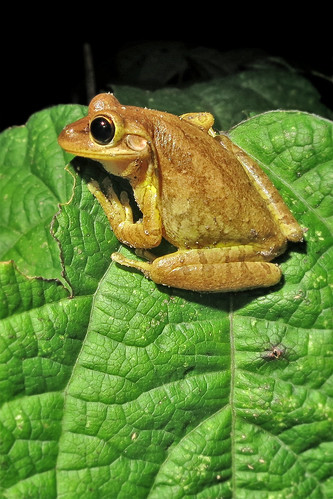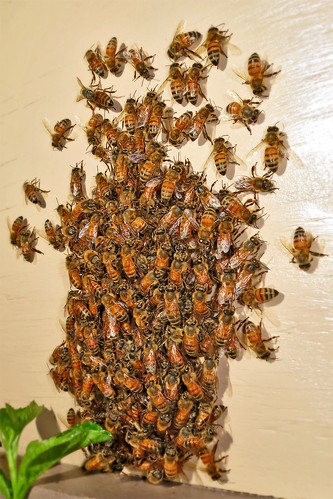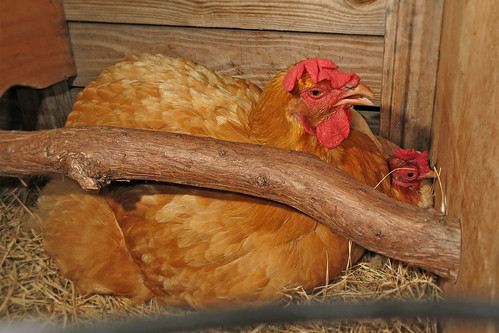The corn has ears.
The ears have silk which collects the pollen from the tassel at the upper most part of the corn plant!
Each silk hair is connected to a future kernel of corn that will grow on the cob.
The silk is covered with fine hairs to capture the pollen.
Unlike all other major grain crops, the corn plant has separate male and female flowering parts. The tassel and ear shoot are the male and female flowering structures, respectively, of the plant. The flowering stage in corn, which involves pollen shed and silking, is the most critical period in the development of a corn plant from the standpoint of grain yield determination. Drought, high temperature stress, as well as hail damage and insect feeding have the greatest impact on yield potential during the reproductive stage. The following is an overview of some of the key steps and phases of the corn pollination process.
- Pollen shed usually begins two to three days prior to silk emergence and continues for five to eight days with peak shed on the third day. On a typical midsummer day, the shedding of pollen is in the morning between 9:00 and 11:00 a.m.
- The tassel is usually fully emerged and stretched out before any pollen is shed. Pollen shed begins at the middle of the central spike of the tassel and spreads out later over the whole tassel with the lower branches last to shed pollen.
- Pollen grains are borne in anthers, each of which contains a large number of pollen grains. The anthers open and the pollen grains pour out in early to mid morning after dew has dried off the tassels. Pollen is light and is often carried considerable distances by the wind. However, most of it settles within 20 to 50 feet.
- Pollen shed is not a continuous process. It stops when the tassel is too wet or too dry and begins again when temperature conditions are favorable. Pollen stands little chance of being washed off the silks during a rain storm as little to none is shed when the tassel is wet. Also, silks are covered with fine, sticky hairs which serve to catch and anchor pollen grains.
- Under favorable conditions, pollen grain remains viable for only 18 to 24 hours. However, the pollen grain starts growth of the pollen tube down the silk channel within minutes of coming in contact with a silk and the pollen tube grows the length of the silk and enters the female flower (ovule) in 12 to 28 hours.
- A well developed ear shoot should have 750 to 1,000 ovules (potential kernels) each producing a silk. The silks from near the base of the ear emerge first and those from the tip appear last. Under good conditions, all silks will emerge and be ready for pollination within 3 to 5 days and this usually provides adequate time for all silks to be pollinated before pollen shed ceases.
- Pollen of a given plant rarely fertilizes the silks of the same plant. Under field conditions 97% or more of the kernels produced by each plant are pollinated by other plants in the field.
- The amount of pollen is rarely a cause of poor kernel set. Each tassel contains from 2 to 5 million pollen grains which translates to 2,000 to 5,000 pollen grains produced for each silk of the ear shoot. Shortages of pollen are usually only a problem under conditions of extreme heat and drought. Poor seed set is more often associated with poor timing of pollen shed with silk emergence (silks emerging after pollen shed).
Source: Aldrich, S. R., W. O. Scott, and R. G. Hoeft. 1986. Modern Corn Production. 3rd edition. A&L Publications (Chapter 1 - "How the Corn Plant Grows"). Prepared by: Peter Thomison Extension Agronomist
Amazing!
Last night I went on a little photo expedition. There was a Cuban Tree Frog on the Burgundy Beans!
The bees were guarding the entrance to the Top Bar Hive as they do every night, rain or no rain!
And Pot Pie was snuggled up with Itty Bitty the 2nd in Ye Old Hen Coop!

